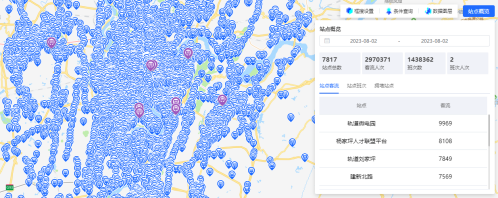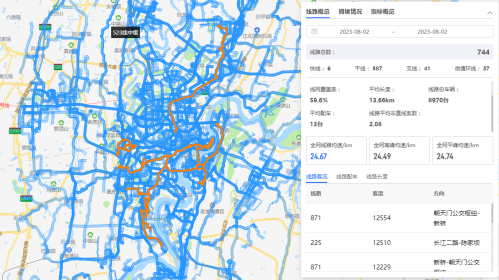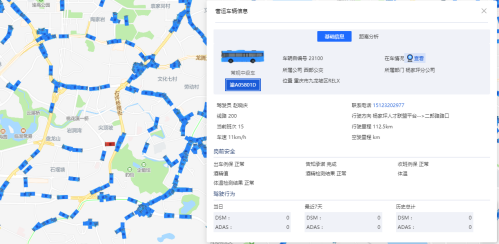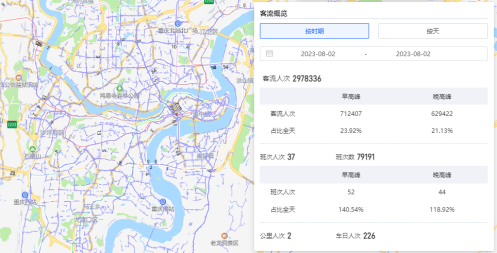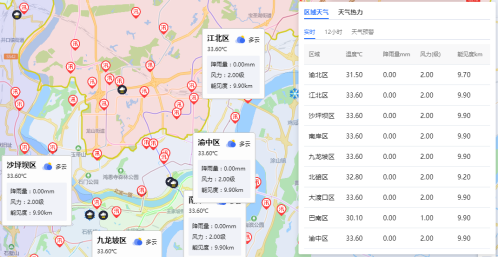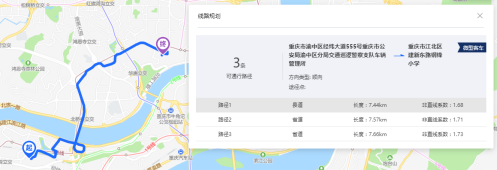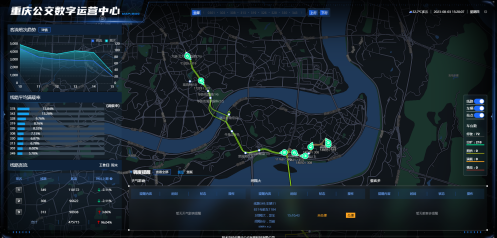Lines
Lines: Cover all conventional line data of the public transport group. Check the network distribution and direction of the lines. Analyze the number of various types of lines, line length, road network length, network density, bus allocation, line network operating speed, non-linear coefficient, etc. Provide the line’s passenger flow, bus allocation and the top ranking of vehicle lineup. Analyze the lines’ data on passenger-flow trend of different periods, lines’ congestion situation, road congestion situation, average daily passenger flow, average daily shifts’ frequency, the number of passenger per kilometer and per vehicle-day, and frequency interval, carrying kilometers, line revenue, and other operational indicators.
 Your current location:
home
>
Exhibition Hall Online
>
Venue Layout
>
N2
>
Chongqing Tran sportation Development & lnvestment Group
>
Chongqing Public Transport Hol...
Your current location:
home
>
Exhibition Hall Online
>
Venue Layout
>
N2
>
Chongqing Tran sportation Development & lnvestment Group
>
Chongqing Public Transport Hol...
